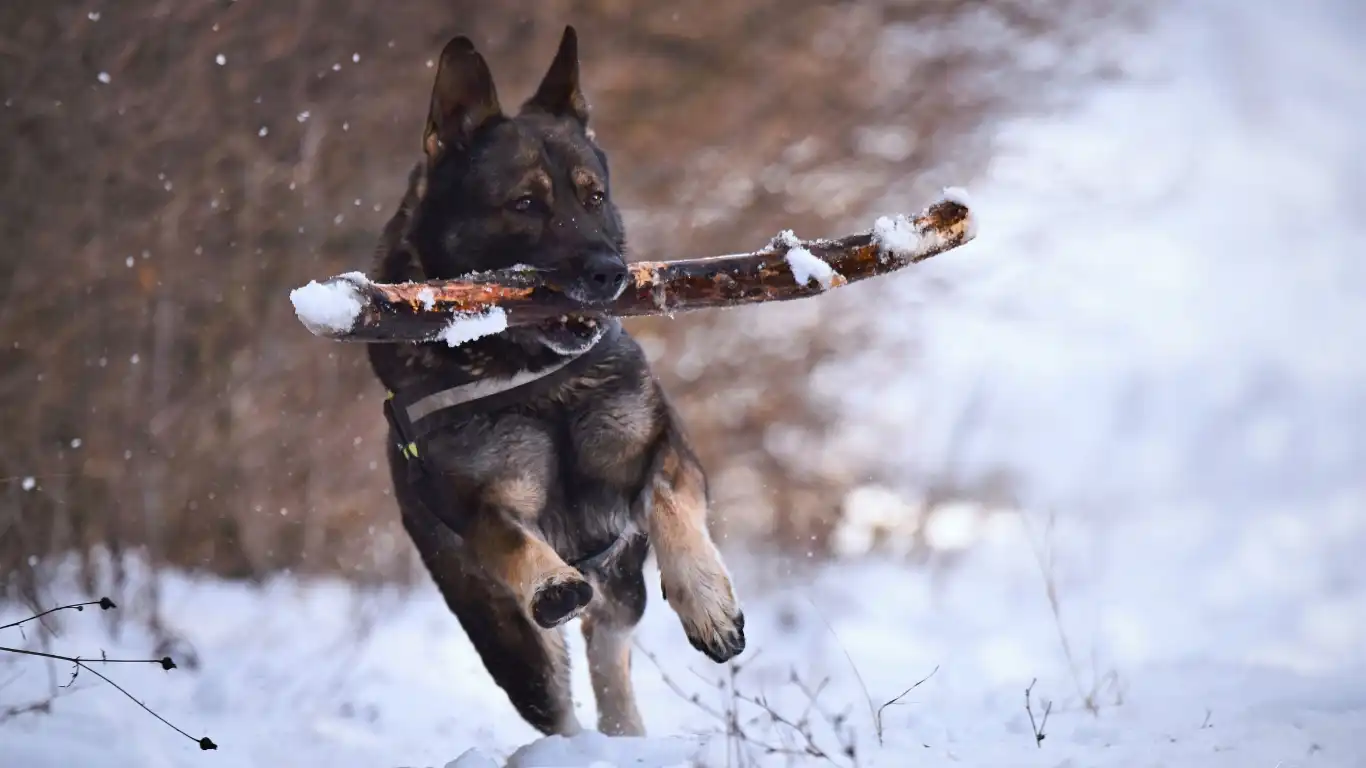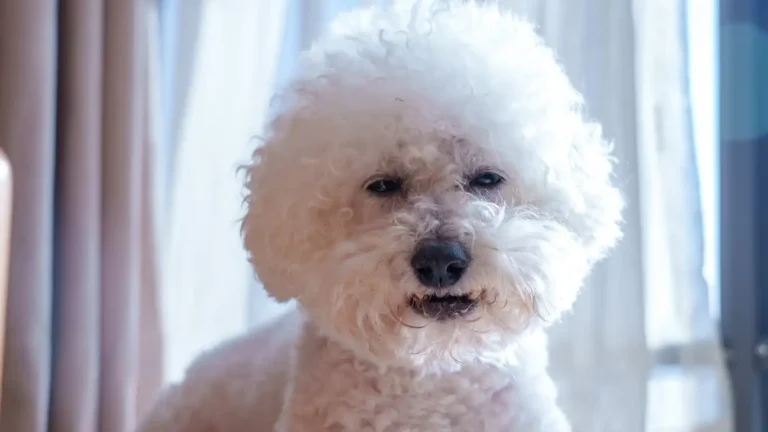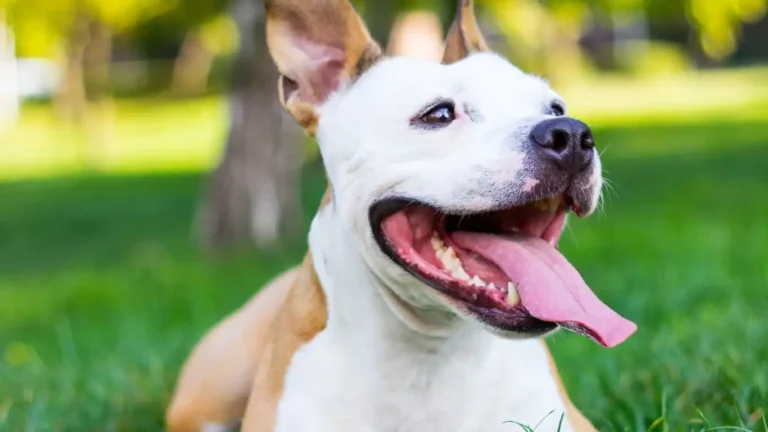Proven Tips to Effortlessly Set Up a Routine for Your New Dog
So, you’ve just brought home a new furry family member—congrats! As someone who’s been deep in the world of veterinary nursing and pet nutrition for years, let me just say: you’re about to start one of the most rewarding adventures of your life. But I know it can also feel a little overwhelming. Trust me, I’ve seen it all—excited pups who adjust right away, and others who need a little extra help. That’s why I wanted to share what I’ve learned over the years about how to set up a routine for a newly adopted dog. A solid routine helps your new dog feel secure and builds the foundation for a strong bond. Whether your pup came from a shelter, rescue group, or a foster home, setting up a consistent schedule will work wonders.
Why Routine Matters More Than You Might Think
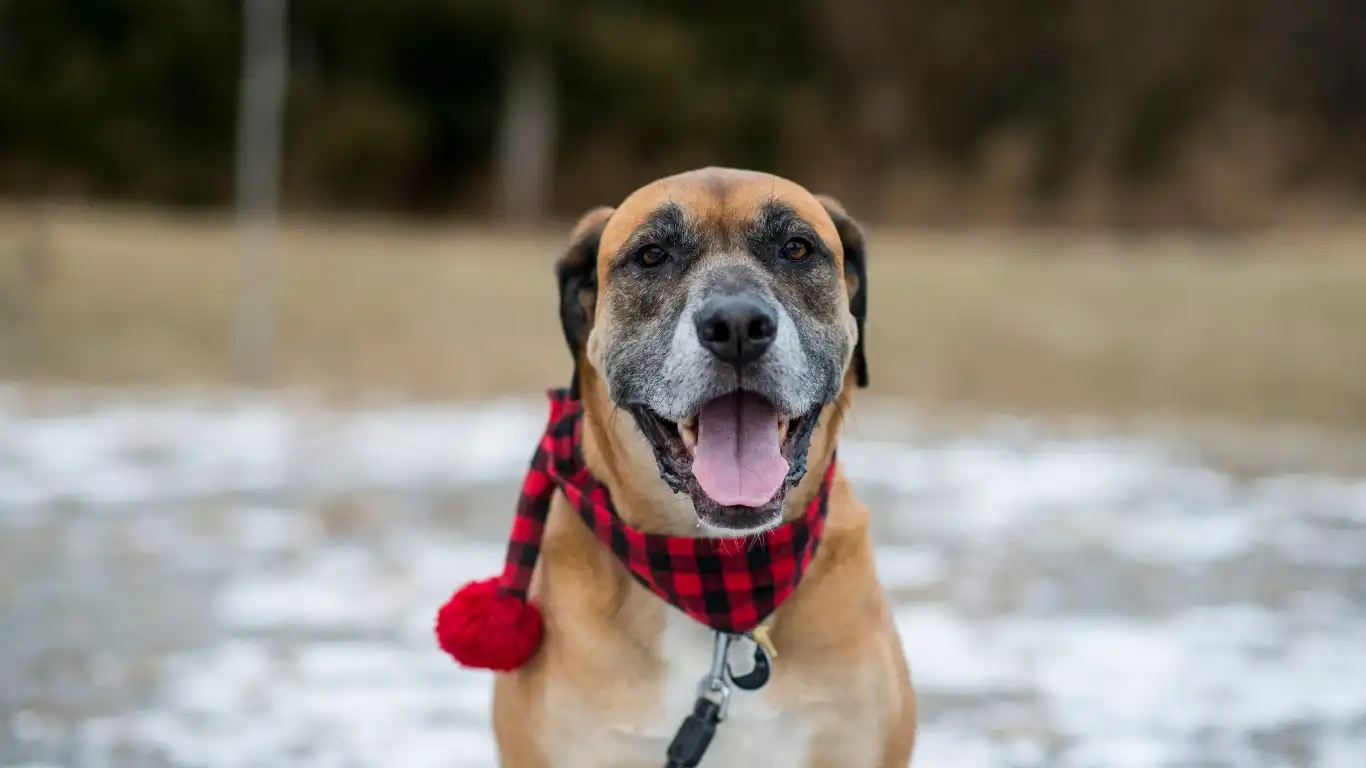
When a dog enters a new environment, everything’s unfamiliar—new smells, sounds, people, and expectations. As a vet tech, I’ve seen first-hand how dogs thrive when they know what’s coming next. Having a predictable routine gives them a sense of stability, especially in those early days when they’re adjusting to their new life. It can even help reduce common issues like separation anxiety, excessive barking, or accidents in the house.
Think about it: if you were plopped down in a brand-new country with no idea what time meals were or where the bathroom was, you’d feel disoriented too. That’s exactly what it’s like for your dog. A routine helps reduce stress and speeds up their transition into your home.
Start with the Basics: Eating, Potty Breaks, and Sleep
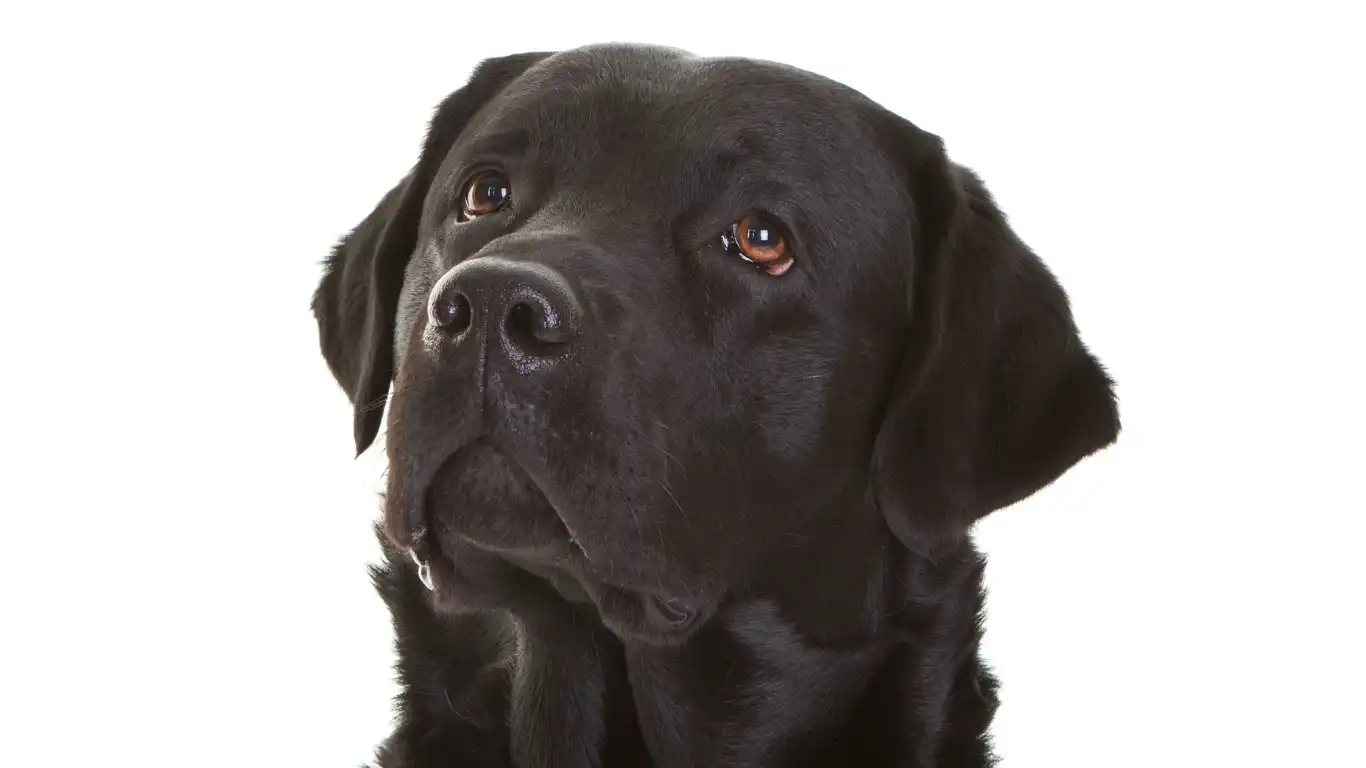
Set Meal Times and Stick to Them
This one might sound obvious, but I can’t tell you how many pet parents I’ve worked with who were feeding on a “whenever they seem hungry” schedule. Dogs actually do best when they know exactly when to expect their meals. For most adult dogs, twice a day works perfectly—once in the morning and once in the evening. Puppies? They usually need three meals a day to keep up with all that growing.
If your dog has any dietary restrictions or specific nutrition needs (especially common with rescues), it’s best to chat with your vet or a credentialed vet nurse—like me! We can help you build a feeding plan that supports both their health and behavioral goals.
Consistent Potty Breaks Prevent Accidents
Here’s something I learned the hard way with my first rescue pup: always take them out more often than you think they need in the beginning. Even if they’re older and “house-trained,” a change in environment can throw everything off. I recommend starting with:
- First thing in the morning
- After meals
- After naps
- Before bedtime
- Every couple of hours during the day
Keep a small notebook or use your phone to track when they go. Not only will this help you figure out their schedule, but it’s also super useful if you ever need to discuss digestive issues with your vet.
Settle Into a Sleep Routine
Just like us, dogs do better when they get consistent rest. Try to put your dog to bed and wake them up around the same time each day. Create a designated sleep spot—whether it’s a cozy dog bed in your bedroom or a crate in the living room. I usually recommend placing a worn t-shirt or blanket that smells like you in their bed to help ease nighttime anxiety, especially during the first few weeks.
How to Set Up a Routine for a Newly Adopted Dog While Still Being Flexible
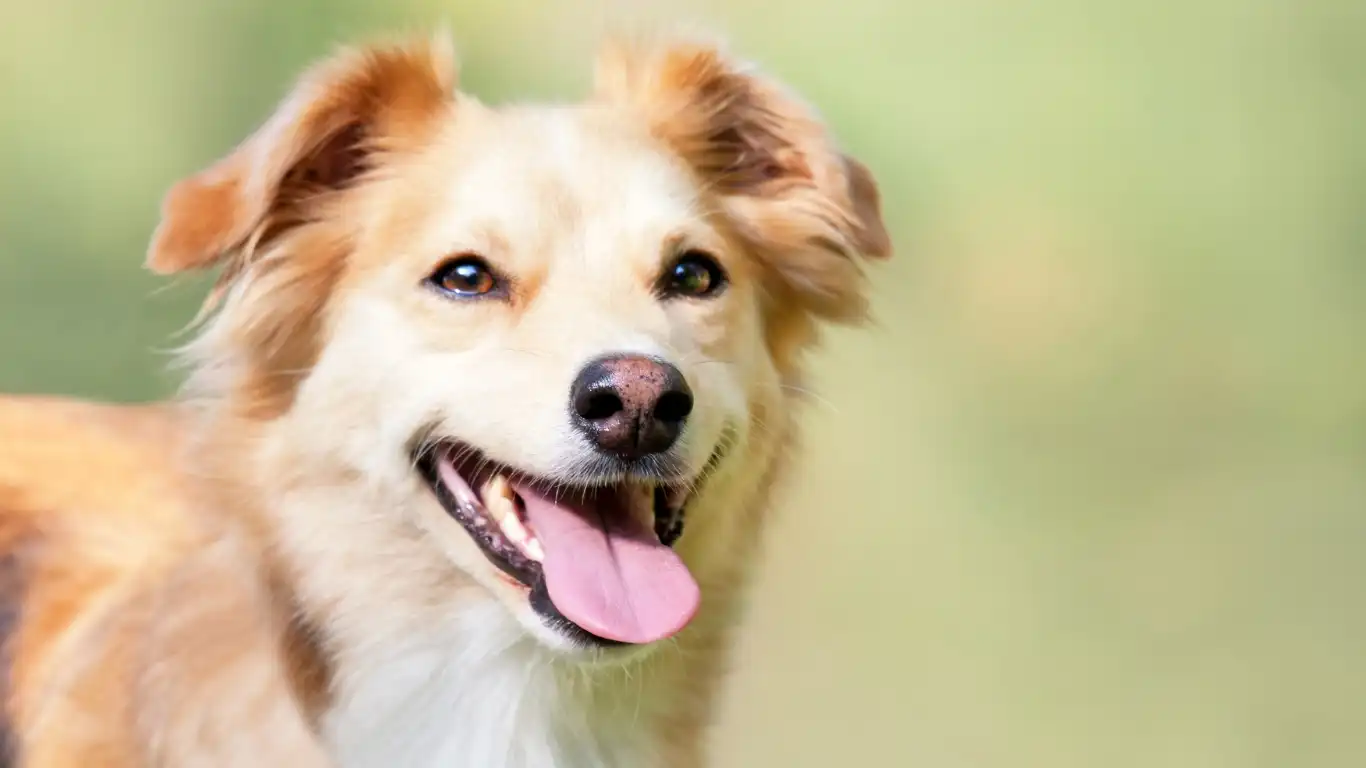
Yes, routines are important—but so is being adaptable. Life happens, and some days will look different than others. That’s okay. The key is to stay as consistent as possible while leaving room for flexibility. For example, maybe your work schedule changes, or you’re traveling—just try to keep feeding times, potty breaks, and walks within a similar window.
One of my clients had a rescue lab who freaked out every time her husband left for work. We found that adding a 10-minute play session right after his departure helped distract the dog and created a new, positive association. That little tweak became part of their morning routine—and it made a huge difference.
Remember, your dog’s routine doesn’t have to be perfect. It just needs to be predictable enough to help them feel secure. You’ll both find your groove with a bit of patience and a lot of love.
Building a Bond Through Walks, Play, and Positive Training
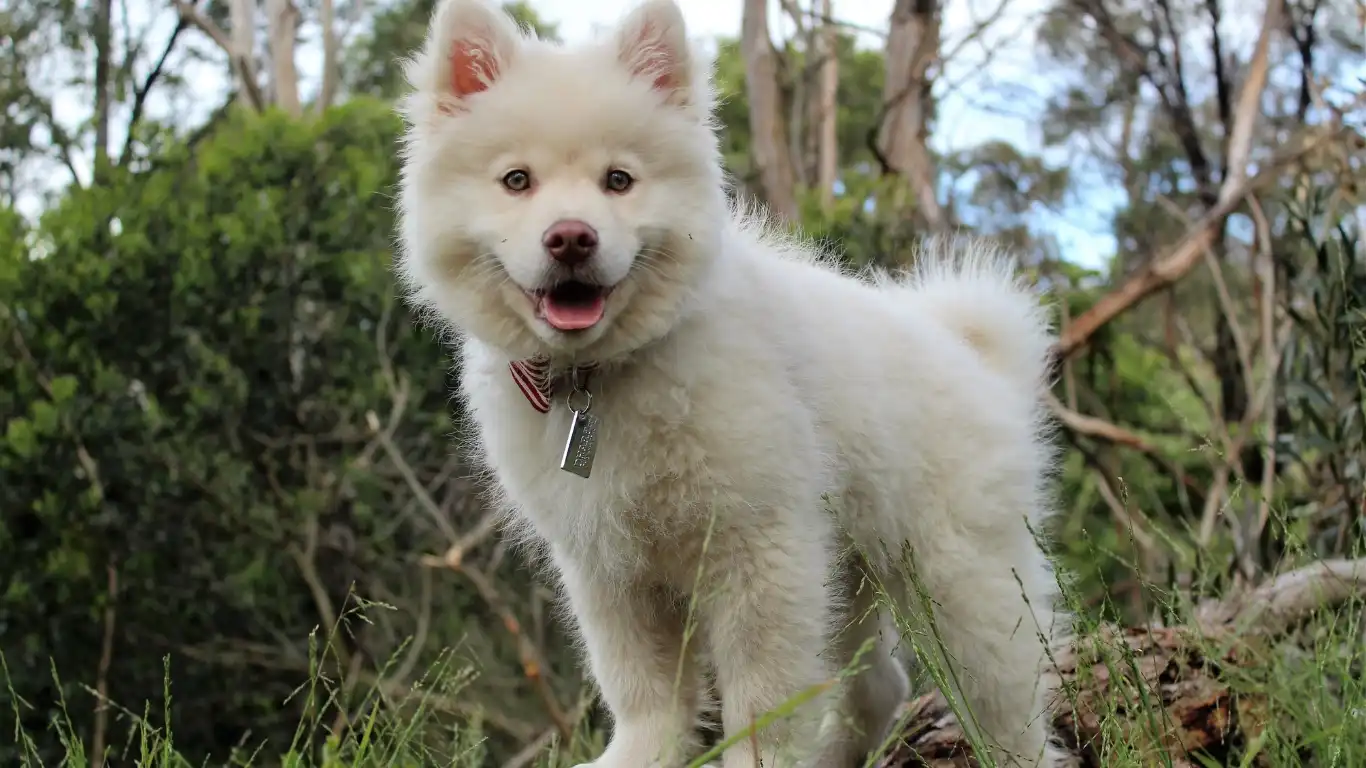
One of the best ways to reinforce your new dog’s routine—and deepen your bond—is by integrating regular walks and playtime into the schedule. These moments aren’t just about burning energy (though trust me, that helps). They’re also prime opportunities to connect, observe your pup’s behavior, and build trust. In my years as a vet tech, I’ve seen dogs who were completely shut down at first blossom simply from having a consistent walk-and-play routine.
Daily Walks Create Rhythm and Confidence
Even if you’ve got a yard, daily walks are still super important. They’re about more than just bathroom breaks. Dogs process the world through their nose, and walks allow them to explore new scents and experiences, which keeps their brain active. I usually suggest:
- One longer walk in the morning (20–30 minutes)
- Shorter evening walk to wind down the day
- Midday potty break or walk if you’re able
If your dog’s nervous on walks—which is common with newly adopted pups—start slow. Let them sniff, don’t rush. One of my past clients had a terrier mix who was terrified of traffic sounds. We built his confidence by walking during quieter times and gradually increasing exposure. Within two weeks, his tail was wagging the whole way.
Structured Playtime Supports Emotional Wellbeing
Play isn’t just a fun distraction—it’s actually a really effective stress reliever. Whether it’s a game of tug, fetch in the backyard, or puzzle toys inside, make it part of the daily rhythm. Dogs who get daily playtime are less likely to develop behavior issues out of boredom or frustration.
Bonus tip from my nutrition side: use part of their meal as training treats or stuff it into enrichment toys. Keeps their brain busy and adds value to mealtime without overfeeding.
Training: Small Sessions, Big Results

Now let’s talk about training—and no, you don’t need to be a dog whisperer to make this work. Consistency is what matters most. I always tell pet parents: train a little every day, and you’ll be amazed at the progress over time.
Focus on Basic Cues First
Start with easy cues like sit, stay, come, and leave it. Keep training sessions short and sweet—about 5 to 10 minutes tops. Too long and your dog might check out. Use positive reinforcement only. That means treats, praise, toys—whatever makes your pup’s tail wag.
I worked with a family who adopted a high-energy shepherd mix. We built a simple daily training routine right after his morning walk. Just 10 minutes a day, but after a month, he was a whole new dog—more focused, calmer, and easier to handle.
Integrate Training Into Daily Activities
This one’s my favorite tip: don’t treat training like a chore. Fold it into daily life. Ask for a sit before meals. A wait before heading out the door. A come when it’s time for a walk. These little moments reinforce good behavior and help your dog understand what’s expected of them.
Incorporating Rest and “Quiet Time” into the Routine
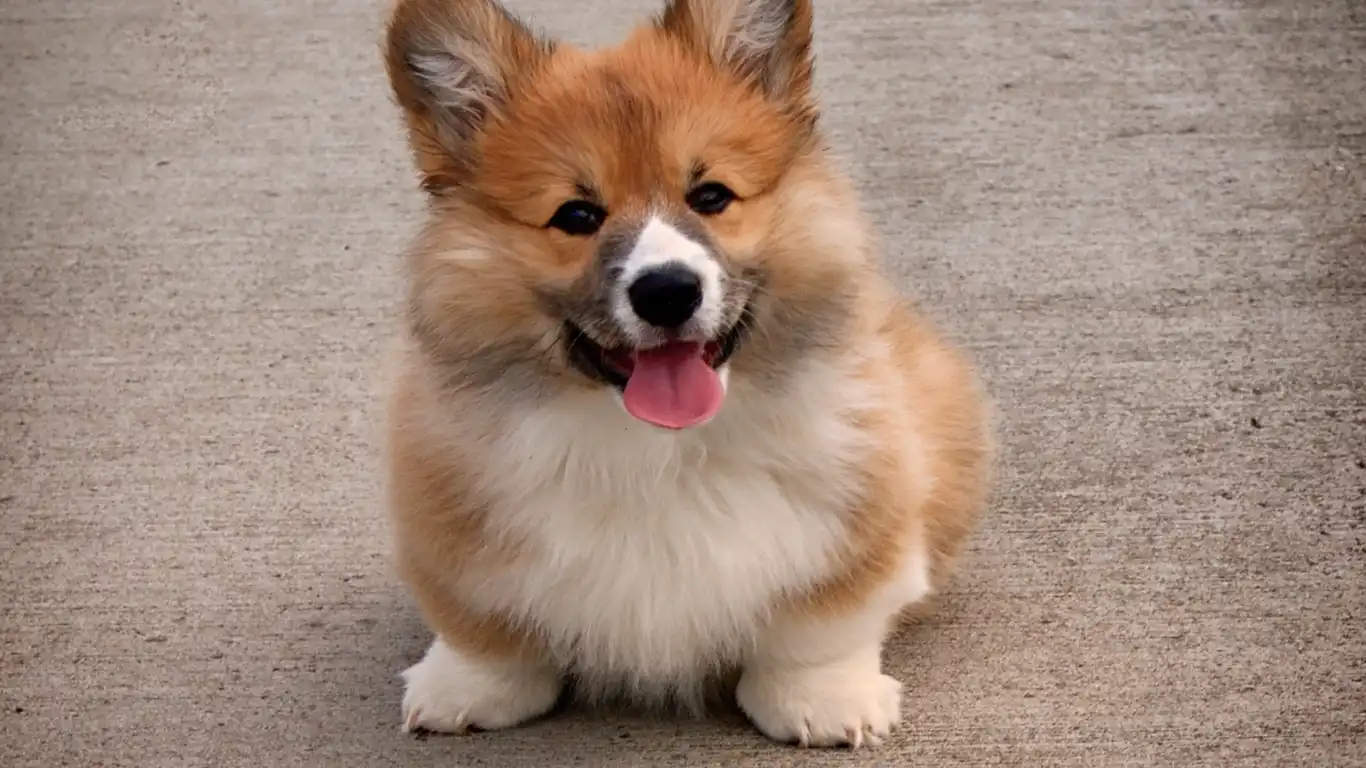
This part often gets overlooked, but it’s so important. Dogs—especially newly adopted ones—need time to just chill. Rest helps their nervous system reset, and “quiet time” teaches them to be comfortable being alone, which can help prevent separation anxiety down the line.
Create a Calm Environment
Pick a spot where your dog can relax without being overstimulated. A cozy bed in a corner, soft music, maybe even a pheromone diffuser (yep, they exist and they help!). Let your dog unwind there every day, even if it’s just for 20 minutes.
Use Crate Time Wisely (If You’re Crate Training)
If you’re using a crate—and many dogs actually feel more secure with one—make it a positive space. Never use it for punishment. Add soft bedding, a safe chew toy, and make it part of the daily rhythm. Think of it like their own little den. One of my senior dog clients took to his crate like a duck to water—it became his go-to nap zone.
Adding this balance of activity and rest is a game-changer. Too much stimulation, and your dog can become reactive. Too little, and they get bored. Finding that sweet spot takes time, but once you nail it, you’ll see a big shift in your dog’s behavior and overall mood.
Socialization: The Missing Piece in Your Dog’s Routine

Now that your pup is settling in with feeding schedules, walks, rest, and training, there’s another important element we can’t ignore: socialization. I’ve worked with plenty of pet parents who focused solely on routine at home and later ran into challenges when their dog started reacting nervously—or even aggressively—toward other dogs or new environments. Socialization is just as critical, especially during the first few weeks and months after adoption.
When I say socialization, I don’t just mean introducing your dog to other dogs. It’s about exposing them (gently and gradually) to a variety of people, places, sounds, and situations. Firetrucks, toddlers, skateboards, people in hats—you name it. And no, it doesn’t all have to happen in one day!
Keep It Positive and Low-Stress
Let your dog observe new things at their own pace. Use treats, praise, and calm encouragement to associate these experiences with good feelings. If your pup seems nervous, don’t force it. One of my adoptees, a sweet retriever mix, was terrified of bicycles at first. We started watching them from across the park, gradually getting closer as she gained confidence. Within a month, she was calmly trotting next to my bike.
Dog Parks: Yay or Nay?
This one’s tricky. Honestly, I don’t recommend heading straight to a dog park during the first few weeks. There’s just too much unpredictability. Start with 1-on-1 playdates with dogs you know are friendly and well-behaved. Once your pup is more confident, you can slowly introduce them to larger social settings.
Maintaining Routine During Life’s Curveballs

Here’s the reality: even with the best intentions, life gets hectic. Maybe your work hours change. Maybe you’re planning a vacation. Or maybe you’re just having an off week (happens to the best of us). What matters is how you adapt your dog’s routine without throwing everything out the window.
Stick to the “Core Four”
If nothing else, try to keep these four elements somewhat consistent, even during busy times:
- Meal Times
- Potty Breaks
- Daily Walks (even if shorter)
- One-on-One Time (even 10 minutes counts)
Dogs are incredibly resilient, and as long as you maintain the basics, they’ll bounce back quickly from minor changes. I’ve had to switch schedules more times than I can count, but my dogs adjusted because I always kept their “core four” intact.
Using Pet Sitters or Doggy Daycare
If you’re away from home or working long hours, professional help can keep your dog’s routine steady. Just make sure anyone who helps with your dog is on the same page. Leave a detailed schedule and any training cues you use. It makes a big difference. I once filled in for a friend’s dog walker and followed their written routine to the letter—the dog barely skipped a beat!
Celebrating Milestones and Staying Patient
It’s easy to get caught up in everything you “should” be doing when setting up a routine, but don’t forget to celebrate the little wins. First night with no whining? Celebrate it. They finally pooped outside without coaxing? Do a happy dance. Every small success means your dog is feeling more secure in their new world.
Progress isn’t always linear. There might be setbacks—accidents in the house, barking at new guests, or a bad day where nothing seems to go right. That’s normal. Give yourself grace, and give your dog time. I’ve worked with dogs who took months to settle in, but with patience and structure, they blossomed.
And hey, don’t hesitate to ask for help. Reach out to a force-free trainer, a vet, or a certified behavior consultant. I’ve referred plenty of clients to these resources when I knew a little extra support would make all the difference.
Helpful Resources
Disclaimer
The information in this article is based on my personal experience as a credentialed Veterinary Technician with a specialization in pet nutrition, combined with practical insights from working directly with dogs and pet parents over the years. This content is for educational and informational purposes only and is not a substitute for professional veterinary advice. For specific concerns about your dog’s health, behavior, or diet, please consult your veterinarian or a certified animal behaviorist.
